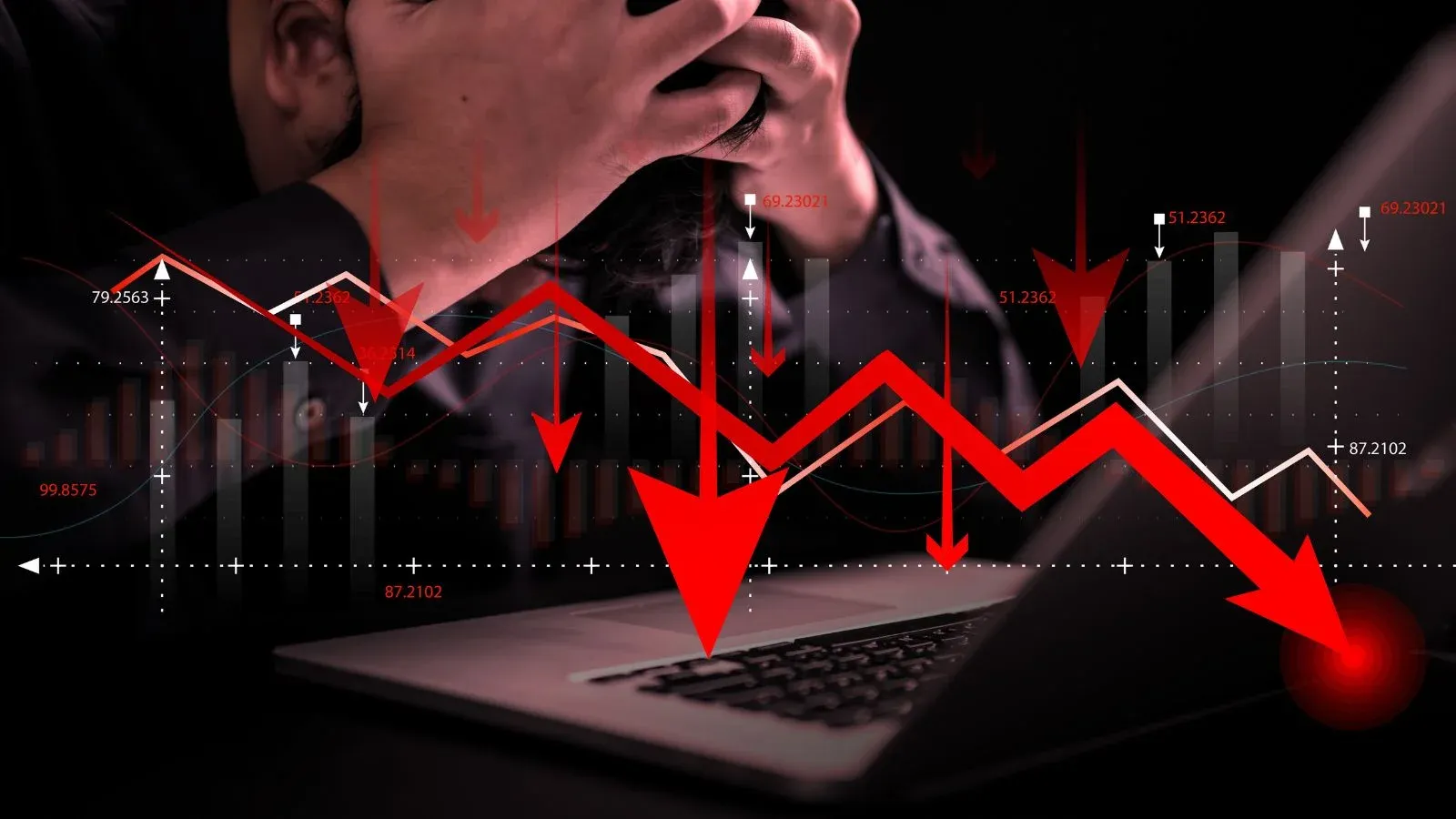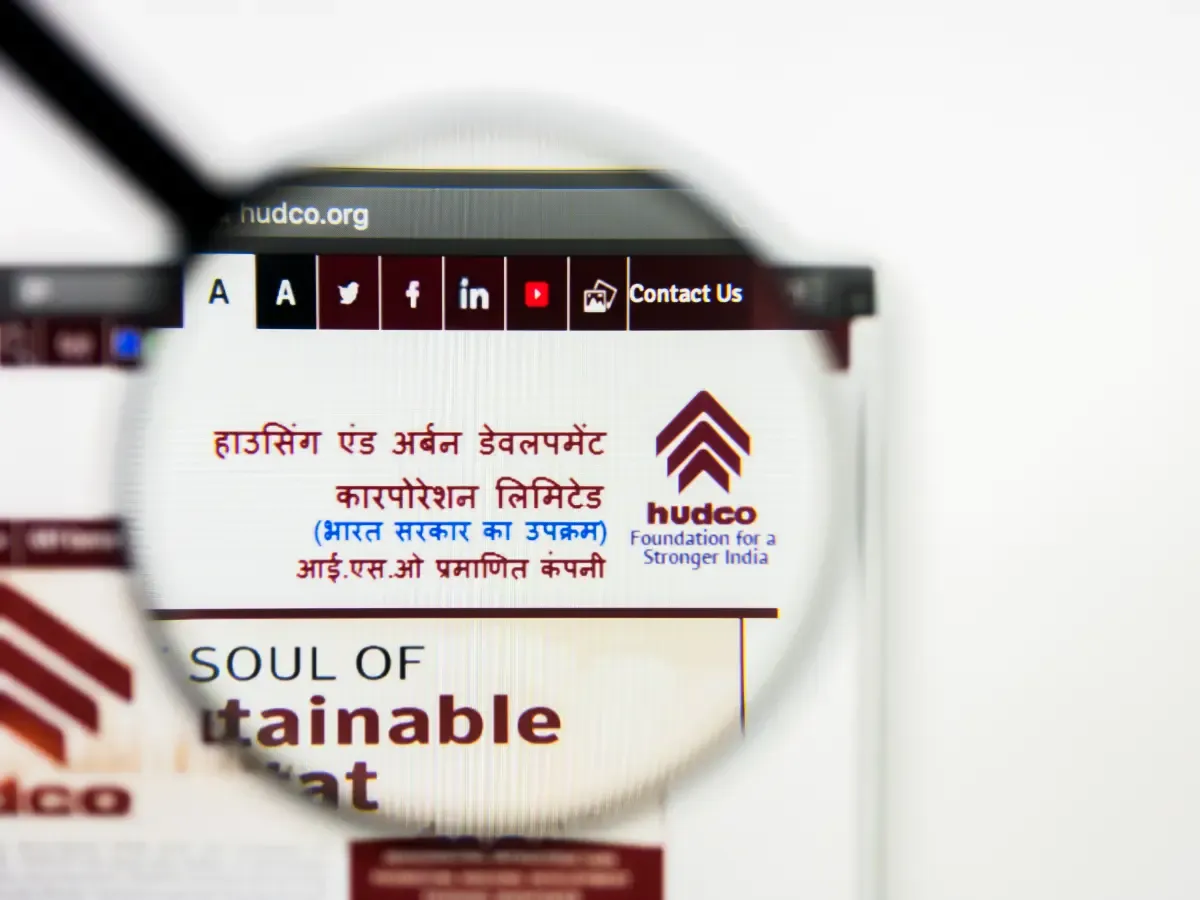Market News
Bajaj Finance shares tumble up to 8% as asset quality worsens in Q2; stock briefly slips below ₹1,000 mark
.png)
4 min read | Updated on November 11, 2025, 12:46 IST
SUMMARY
Bajaj Finance share price: The company said its asset quality worsened, with gross non-performing assets (GNPAs) rising to 1.24% of the gross loans by the end of September 2025 from 1.06% a year ago.
Stock list

Bajaj Finance Ltd (BFL) reported a 23% YoY increase in consolidated net profit to ₹4,948 crore for Q2 FY26. | Image: Shutterstock
Last seen, the scrip was trading at ₹1,003.20, down 7.54%.
The company posted a decent set of numbers for the quarter gone by, but investor sentiment took a hit on the worsening of the asset quality of the non-banking finance company (NBFC).
In its earnings statement, the company said its asset quality worsened, with gross non-performing assets (GNPAs) rising to 1.24% of the gross loans by the end of September 2025 from 1.06% a year ago.
Similarly, net NPAs, or bad loans, also increased to 0.6% from 0.46% at the end of the second quarter of the previous fiscal year.
The capital adequacy ratio (including Tier-II capital) as of September 30, 2024, was 21.23%, it said.
Bajaj Finance Q2: Key numbers
Bajaj Finance Ltd (BFL) reported a 23% YoY increase in consolidated net profit to ₹4,948 crore for the second quarter ended September 30.
It had posted a net profit of ₹4,014 crore in the July-September quarter a year ago.
Its total consolidated income increased to ₹20,181 crore during the quarter under review from ₹17,095 crore logged a year earlier, BFL said in a regulatory filing.
The net interest income (NII) rose 22% to ₹10,785 crore compared to ₹8,838 crore seen in the second quarter of FY25.
The Pune-headquartered company's total expenditure climbed to ₹13,576 crore as against ₹11,697 crore registered in the year-ago period.
Its assets under management (AUM) grew 24% to ₹4,62,261 crore from ₹3,73,924 crore as of September 30, 2024.
The company has two subsidiaries -- Bajaj Housing Finance Ltd (BHFL) and Bajaj Financial Securities Limited (BFinsec) -- and two associate companies -- Snapwork Technologies and Pennant Technologies.
What leading analysts say post Q2 earnings
According to news reports, analysts at CLSA note that Q2 was a good quarter across most parameters, with key financial parameters largely in line with estimates. They noted that on the asset quality front, it was a mixed quarter.
They highlighted that credit costs increased 3 bps QoQ to 2%, driven by higher net slippages.
However, there was an improvement in net 30dpd+ formation, and it was the best in the past several quarters.
30 DPD stands for 30 Days Past Due.
It’s a credit and finance term used to indicate that a payment (like on a loan, credit card, or EMI) is 30 days overdue from its due date.
CLSA further notes that Bajaj Finance’s management continues to guide to 1.85%-1.95% credit cost for the full year but has reduced its loan growth guidance by 2 ppt to 22-23%.
Bernstein noted that headline numbers appear strong enough — AUM growth of 24% and PAT growth of 23%, at a time when large banks are struggling to break into double digits.
“But strains that come with scale and pressure to keep delivering on elevated growth expectations are increasingly visible,” it said.
In contrast to most NBFCs and banks that reported improving asset quality this quarter, Bajaj Finance saw a sharp deterioration, with almost every segment reporting higher gross & net NPA ratios despite continued growth.
To preserve RoA & EPS growth, the company has tightened costs, including by rationalising its points of presence.
HSBC said that Q2 FY26 EPS was in line with HSBCe; RoA/RoE were stable as improvement in cost-to-income offset credit cost pressure.
It added that a pickup in AUM growth, cost efficiencies, and normalisation of credit costs should drive 28% EPS CAGR over FY26-28e.
Meanwhile, Jefferies, in its note, said that AUM grew by 24% YoY and the festive season went well; still, the management cut growth guidance by 100 bps to 22-23% due to weaker trends in SME & housing.
Credit costs were high this quarter, but with improving trends, they can moderate, Jefferies added.
Related News
About The Author
Next Story



